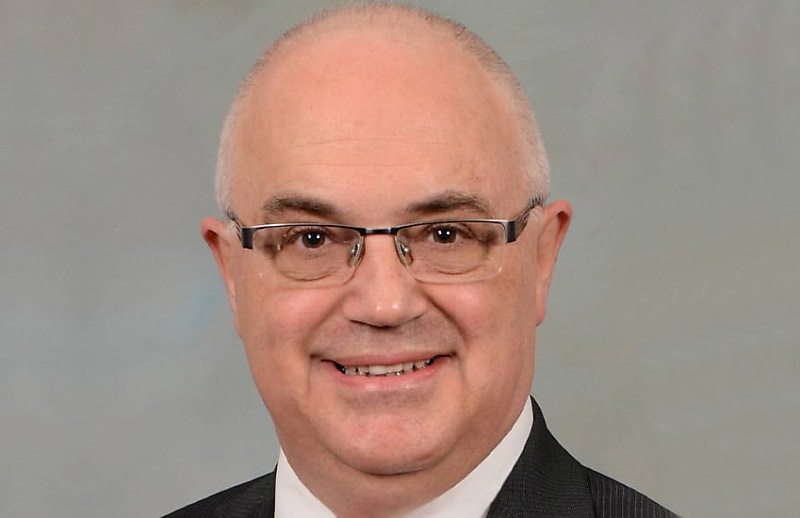On 19 September 2022, the Federal Court handed down its decision in BBlood Enterprises Pty Ltd v Commissioner of Taxation [2022] FCA 1112. An important part of the decision was whether section 100A ITAA 1936 applied to the taxpayer (a trust).
Facts
In summary, an accounting firm recommended to its client a method of extracting around $10 million of accumulated profits from a company without tax being paid by anyone.
This was done using a buy-back of shares owned by the trust and a corporate beneficiary of the trust. A company in which the trust had invested bought back the shares the trustee of the trust owned, and this was treated as a fully franked dividend paid to the trust of around $10 million. However, the full tax liability on this dividend was directed to a corporate beneficiary of the trust while the trust retained the $10 million as corpus. The corporate beneficiary did not pay any tax on the $10 million fully franked dividend directed towards it.
The result was the extraction of $10 million of accumulated profits from a company, tax free. As you would expect, the ATO wasn’t happy with this outcome and assessed the trustee of the trust on the $10 million amount at the top marginal tax rate under section 100A. There was no mention in the case of any penalties applying.
The ATO won the case. It successfully argued that section 100A applied to the arrangement.
At the time of writing, I am not aware of the taxpayer appealing the decision.
Implications
Although the ATO won the case, I don’t consider that this significantly assists the ATO, in supporting its current views about how section 100A operates.
The judge in the BBlood Enterprises case had no difficulty in finding that there was a “reimbursement agreement” (as required by section 100A) and that it was tax motivated. A complex plan was put in place to achieve the outcome discussed above, prior to the trustee deciding how the income of the trust was to be distributed for the relevant year. It was clearly a plan to make use of the way trusts are taxed to be able to extract value from a company without paying tax on it.
The accounting firm recommended this same arrangement to at least six other private groups.
An unsurprising outcome
Although the taxpayer advanced well-reasoned arguments against the application of section 100A, it was difficult for the judge to look past the overall effect and forward planning that resulted in the tax outcome (absent the application of section 100A). The decision in the case does not surprise me.
Ordinary family or commercial dealing
The key issue with the interpretation of section 100A is often whether a “reimbursement agreement” can be characterised as an ordinary family or commercial dealing. If it can, section 100A has no application. What points did the judge (Justice Tom Thawley) in the BBlood Enterprises case make about this issue? Among other things he said:
- The agreement must be “entered into in the course of ordinary family or commercial dealing” as opposed to the agreement being an ordinary family or commercial dealing.
- Each step in a connected series of transactions may be “ordinary” of itself, but that does not mean the overall result is “ordinary”.
- The inquiry about whether an agreement was “entered into in the course of ordinary family or commercial dealing” is distinct from the inquiry about whether there is a tax avoidance motive.
- A dealing may not be an ordinary family or commercial dealing if there are contrived or artificial elements or what was done was more than was required to achieve the desired objective.
- If the dealing is “overly complex” this might lead one to the view that the dealing was not ordinary.
- The negotiations and arrangements prior to making the agreement do not form part of the “reimbursement agreement”.
For tax afficionados, I note that Justice Thawley made no reference to the “predication test” as sourced from the judgement of Lord Denning in Newton v Federal Commission of Taxation (1958) 98 CLR 1. This is the test that the ATO refers to in determining whether there is an “ordinary” dealing in TR 2022/D1. Under this test, a dealing is considered to be ordinary “where a person can examine the acts and predicate that they can be explained by the familial and/or commercial object they are apt to achieve without further explanation” (see paragraph 79 of TR 2022/D1).
Where are we now?
The ATO issued draft Taxation Ruling TR 2022/D1, draft Practical Compliance Guideline PCG 2022/D1 and Taxpayer Alert TA 2022/1 in February this year. Since then, the ATO has taken submissions about these documents.
Recently, the ATO released for comment five draft “green zone” examples that are proposed to form part of PCG 2022/D1 when it is finalised. While the ATO should be commended for releasing these further examples, they are not all that helpful. It would be abhorrent if the ATO ever applied section 100A in the situations described in these examples.
Importantly we await the decision of the Full Federal Court in the Guardian AIT case. This was heard in Brisbane on 24 and 25 August by three judges of the Federal Court. None of these judges were involved with the BBlood Enterprises Case. With great interest the tax profession awaits this judgement.
The ATO has stated that it wants to finalise its rulings on section 100A by the end of the year. I sincerely hope that the ATO does not finalise its rulings until the Guardian AIT judgement is handed down and properly analysed.
Confusion reigns
I deal almost exclusively with accounting firms. These firms are in a quandary as to what they are supposed to do with the ATO’s current position on section 100A. Confusion reigns and the ATO is responsible for this.
I am critical of the “zone” approach to taxation that the ATO has adopted with the section 100A issue. In its draft PCG, the ATO does not say whether it does or does not think section 100A applies to a range of scenarios discussed in the ruling – this includes the arrangements said to be in the green zone. All it does is make statements about whether the ATO will, or won’t, apply compliance resources to particular scenarios. That is, the ATO does not give clear explanations as to why (in its opinion) section 100A does or does not apply to a scenario. Such explanations would be helpful to the taxpayer community and their advisers.
How have we arrived at a point where the taxation of taxpayers is determined by coloured “zones”? The Australian taxpayer should expect better of its tax administrator.
The solution to section 100A
The approach of the ATO has been to focus the attention of taxpayers and their advisers on what happens with distributions after the decision to make a beneficiary presently entitled. Accordingly, I have been asked many questions along the lines of “Can I do ‘X’ when the trustee distributes income?” or “How long must it be before the trustee pays out an amount to the beneficiary?” These questions focus on, what is often, the wrong issue and the ATO has caused the taxpayer and advisor community to focus on this issue.
The important issue, to which PCG 2022/D1 gives almost no focus, is whether a reimbursement agreement exists in the first place. This is the issue that caused the taxpayer to win before the single judge of the Federal Court in the Guardian AIT case. There was no reimbursement agreement, so section 100A could not apply. Contrast this with the BBlood Enterprises decision. In that case there clearly was a reimbursement agreement, and the taxpayer lost the case.
This is the key to solving the section 100A issue. Importantly, the ability to control whether there is a reimbursement agreement, or not, often largely rests with the key client individuals and the client’s accounting advisor.
Accountants Daily Strategy Day
I will be speaking on how to solve the section 100A issue at the Accountant’s Daily Strategy Day. These will be held in Melbourne (30 November 2022) and Sydney (1 December 2022). In my session, I will clearly set out a solution to the section 100A problem.
John Jeffreys is director of John Jeffreys Tax Pty Ltd.

 Login
Login







